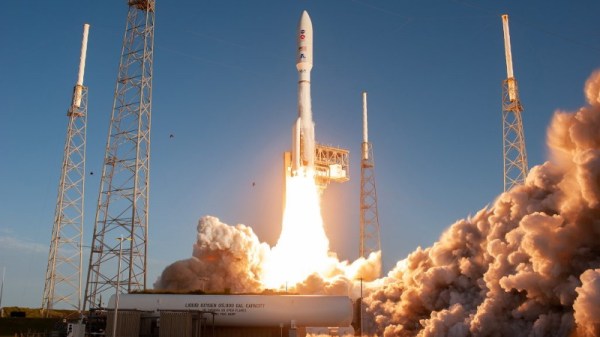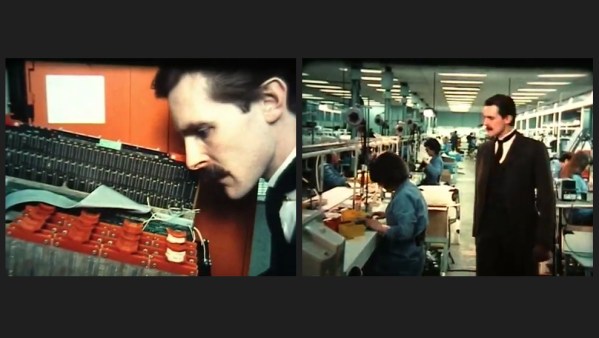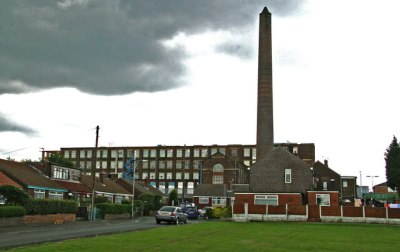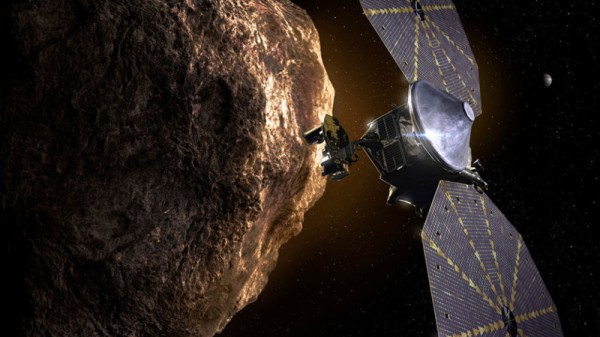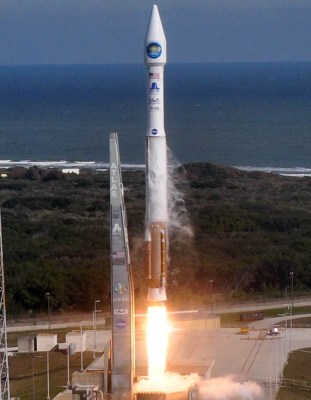The Atlas family of rockets have been a mainstay of America’s space program since the dawn of the Space Age, when unused SM-65 Atlas intercontinental ballistic missiles (ICBMs) were refurbished and assigned more peaceful pursuits. Rather than lobbing thermonuclear warheads towards the Soviets, these former weapons of war carried the first American astronauts into orbit, helped build the satellite constellations that our modern way of life depends on, and expanded our knowledge of the solar system and beyond.
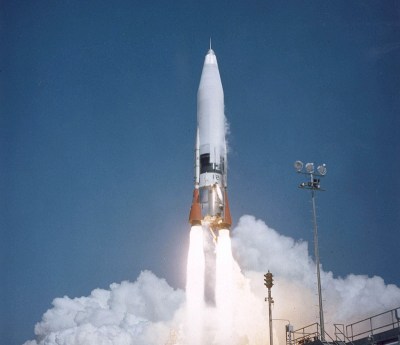
Naturally, the Atlas V that’s flying today looks nothing like the squat stainless steel rocket that carried John Glenn to orbit in 1962. Aerospace technology has evolved by leaps and bounds over the last 60 years, but by carrying over the lessons learned from each generation, the modern Atlas has become one of the most reliable orbital boosters ever flown. Since its introduction in 2002, the Atlas V has maintained an impeccable 100% success rate over 85 missions.
But as they say, all good things must come to an end. After more than 600 launches, United Launch Alliance (ULA) has announced that the final mission to fly on an Atlas has been booked. Between now and the end of the decade, ULA will fly 28 more missions on this legendary booster. By the time the last one leaves the pad the company plans to have fully transitioned to their new Vulcan booster, with the first flights of this next-generation vehicle currently scheduled for 2022.

